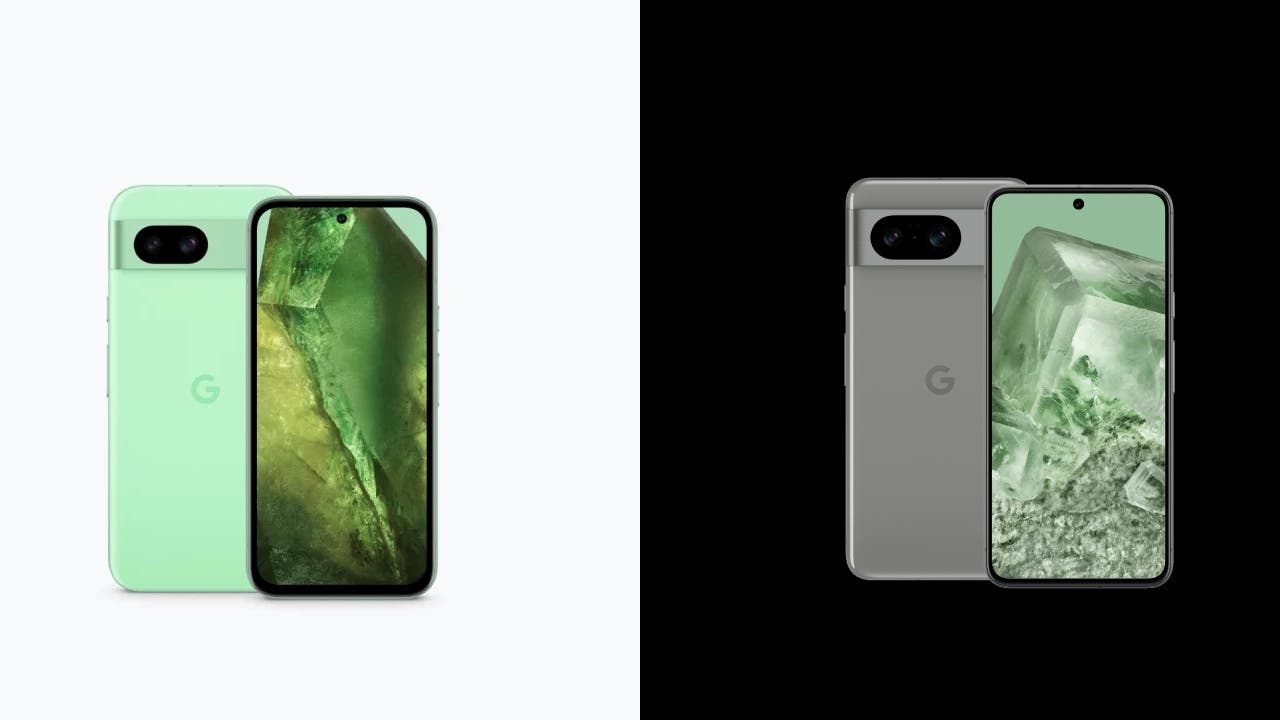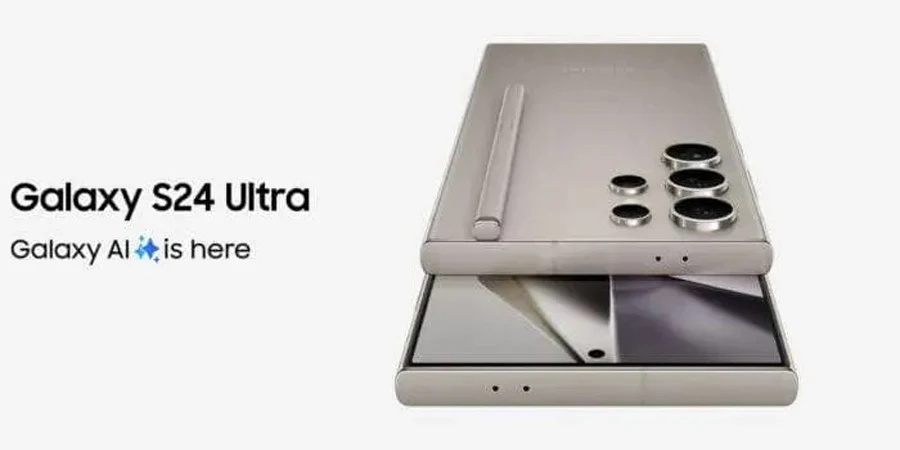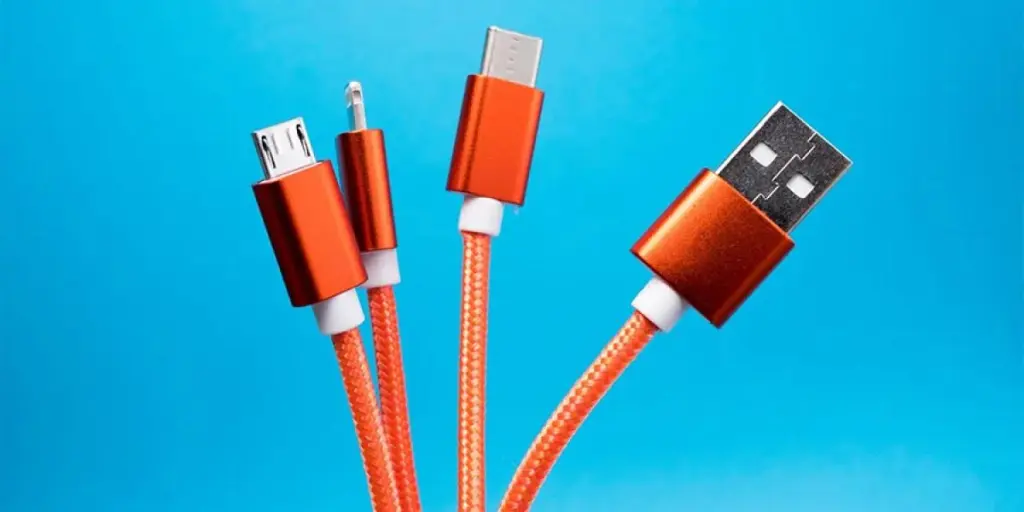The recently released Google Pixel 8a presents a compelling option in the mid-range smartphone market. As the successor to the Pixel 7a, it boasts several upgrades including a 120Hz refresh rate display. However, potential buyers may also be considering the higher-priced Pixel 8. This analysis offers a direct comparison of the Pixel 8a and Pixel 8 across key specifications including display, design, camera capabilities, battery life, and charging speeds. By dissecting these aspects, we aim to equip you with the information necessary to make an informed decision between the two Google Pixel devices.
GOOGLE PIXEL 8A COMES WITH A SLIGHTLY INFERIOR DISPLAY
The Google Pixel 8a made a big jump in terms of the refresh rate. It has a 120 Hz screen. To fill you in, the Pixel 7a came with a 90 Hz display. Besides that, its display size falls just short of the Pixel 8’s 6.2 inches. Don’t be fooled by the specs sheet, though. The Pixel 8a’s display comes with thicker bezels, making it feel less sleek.

This difference in bezel size might surprise you. After all, the Pixel 8a is actually a tad taller, wider, and heavier than its pricier counterpart. Both phones offer a peak brightness of 2,000 nits. However, the Pixel 8 gets a slight edge on durability with Gorilla Glass Victus compared to the Pixel 8a’s Gorilla Glass 3.
In short, you’re giving up a little screen real estate and a touch of premium feel with the Pixel 8a. However, the display is good overall. The choice depends on whether a slightly larger display and a more modern design are worth the extra cost for you.
BACKS OF THE PIXEL 8A AND PIXEL ARE ALSO DIFFERENT
The Pixel 8a might steal some design glances from the Pixel 8. But a closer look reveals some key differences in build materials. The affordable phone opts for a matte composite back. This translates to a plastic shell with a special rubber coating. While it gives it a less luxurious feel compared to the Pixel 8’s glass front and back, it’s a good thing in terms of durability.
That is, you can expect the Google Pixel 8a to survive accidental drops better. Also, even if you manage to crack the back, the repair will not be as costly as the higher-priced phone.

Other than that, the Google Pixel 8a is available in a wider range of color options. That includes refreshing light green and a vibrant blue, which might appeal to those who prefer a more playful aesthetic.
So, which is the winner? Ultimately, the design choice boils down to personal preference. If a sleek glass design is a priority, the Pixel 8 might be the way to go. But if you value a little more durable phone with a wider color palette, the Pixel 8a could be the perfect match.
PIXEL 8 COMES WITH MORE CAPABLE CAMERAS
Don’t let the megapixel count fool you! The Google Pixel 8a boasts a higher megapixel main sensor (64MP) compared to the Pixel 8’s (50MP). But the Pixel 8 offers superior camera capabilities in most aspects. To start with, it has a larger sensor (1/1.31-inch), which allows it to capture more light, translating to better low-light performance and sharper images.
Read Also: Redmi Note 13R with a dual-glass design released for $194
In addition, the 50 MP camera on the Google Pixel 8 has a wider aperture (f/1.68). This enables more light intake, further enhancing low-light photography. The 8a will also not fare well when it comes to zooming due to its small sensor.

The Pixel 8’s ultrawide camera boasts a wider field of view (125.8 degrees) and larger pixels (1.25μm) compared to the Pixel 8a. These result in sharper ultrawide photos. Plus, the Pixel 8’s ultrawide offers Macro Focus functionality, which is missing on the 8a.

As for the front-facing camera, the Google Pixel 8a also takes a hit on this one. The Pixel 8’s 10.5MP front camera with larger pixels will capture better selfies compared to the 8a’s 13MP sensor.
DIFFERENCES IN TERMS OF CHARGING SPEED
Both the Pixel 8 and Pixel 8a boast impressive battery capacities. The Pixel 8 offers a slightly larger 4,575mAh battery compared to the Pixel 8a’s 4,492mAh. Google claims similar battery life for both phones, lasting over 24 hours on a single charge. It extends to a whopping 72 hours with Extreme Battery Saver enabled.

However, there are differences in terms of charging. The Google Pixel 8 supports significantly faster 27W wired charging. This allows you to top up your battery quickly when needed. The Pixel 8a lags behind with a slower 18W wired charging speed. So, it can take a while for the 8a to fully charge up.
This gap widens even more in wireless charging. The Pixel 8 offers 18W wireless charging with the Pixel Stand (2nd gen) and 12W on any Qi-certified pad. The Pixel 8a, on the other hand, is limited to a sluggish 7.5W wireless charging speed.
WHAT ABOUT THE PRICE?
The Pixel 8a’s biggest selling point is its attractive price tag. At $499, it undercuts the Pixel 8 by a significant $200. This lower cost comes with some trade-offs, as we’ve explored throughout this article.
Here’s a quick recap of what you give up with the Pixel 8a:
- A slightly smaller and less premium display with thicker bezels
- A plastic back compared to the Pixel 8’s glass construction
- Less powerful cameras, especially in low-light and zoom capabilities
- Slower wired and wireless charging speeds
However, the Pixel 8a isn’t all compromises. It offers a near-identical battery life to the Pixel 8 and boasts a wider range of color options. Ultimately, the choice boils down to your priorities.
Disclaimer of Gizchina: We may be compensated by some of the companies whose products we talk about, but our articles and reviews are always our honest opinions. For more details, you can check out our editorial guidelines and learn about how we use affiliate links.
Source from Gizchina
Disclaimer: The information set forth above is provided by gizchina.com independently of Alibaba.com. Alibaba.com makes no representation and warranties as to the quality and reliability of the seller and products.







